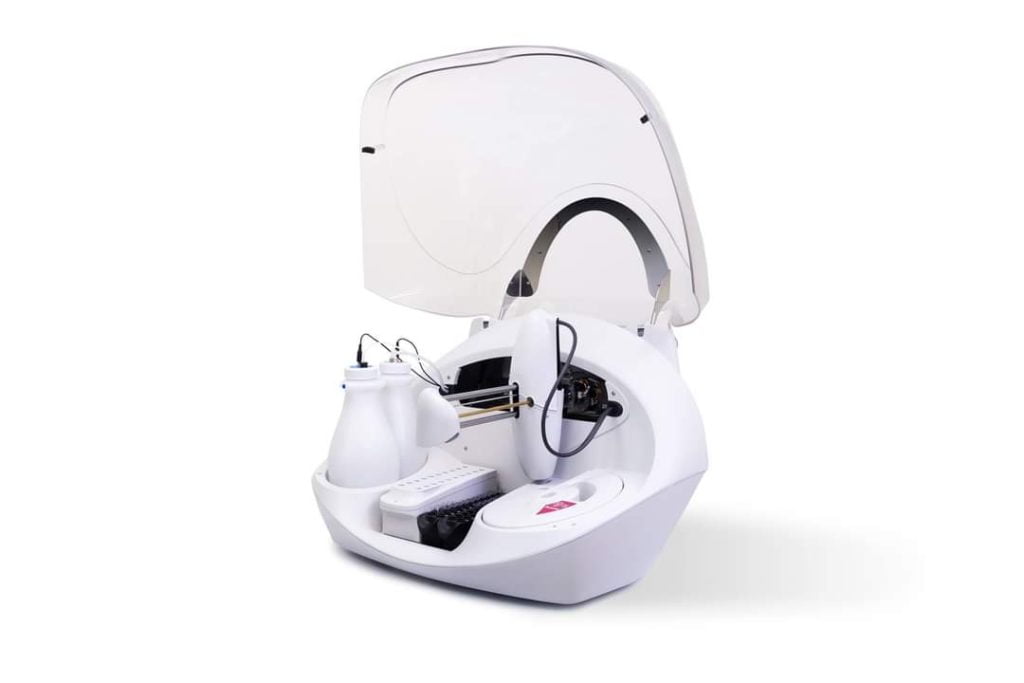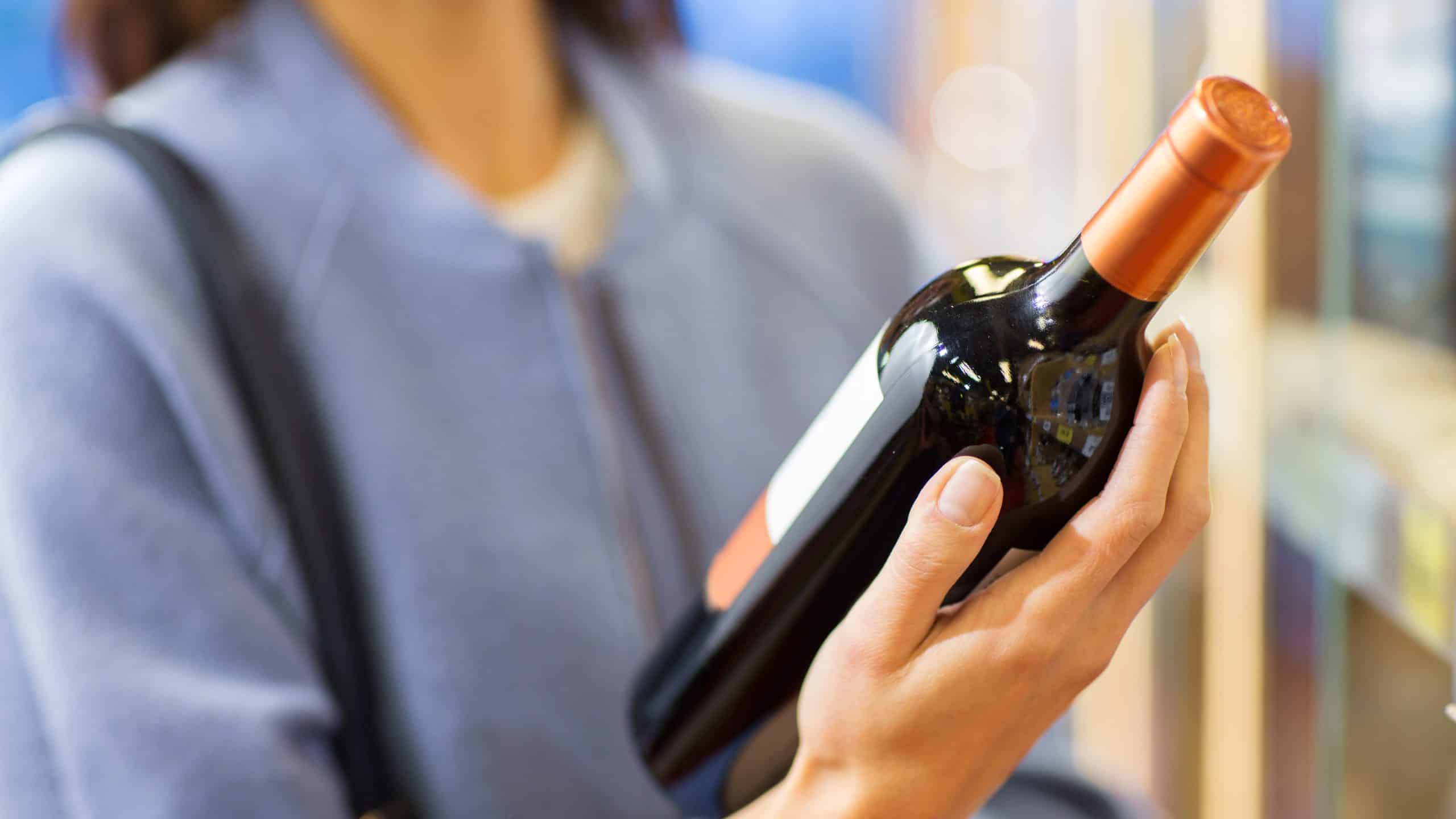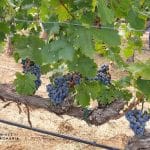Taste a glass of your favorite wine and think that together with the work of those who produced it with so much love and passion, BioSystems brings you, through its analyzers, the certainty that you are safe and that the joy can be complete and unfettered.
Let’s understand the science on the wine label
On the wine labels we currently find technical information regarding the color of the wine, the capacity of the bottle, the sugar content, the acquired alcoholic strength, the warning "contains sulfites"
The color of the wine
It is easy to understand what white wine, rose wine, red wine and newer wine mean, ‘orange’ wine (which is white wine with maceration, although still incompletely regulated, because only recently the resolution was approved by which it was worldwide set, so that this is the official definition), because we see with the naked eye the color appearance of the wine from the bottle or glass.
The bottle capacity
In the same way, as we have learned the measure units since primary school, it is understandable to easily read the nominal volume of the bottle or container in which the wine is bottled. As a rule, this information is preceded by the European symbol " e”, usually written much larger, to be easily visible, so that the information that follows it is quickly exposed to the interested eye.
One of the conditions for the "e” marking to be applied on the label in full legality, is the average quantity of packaged product from the same batch, which must be equal to or greater than the quantity mentioned on the packaging. Which means that it is possible to find a slightly fuller bottle, but by no means one with less wine than what is written on the label.
The sugar content
The level of sugars, contained in the wine by the label of which we are making our trip, can be dry, off-dry, semi-sweet or sweet. We could appreciate these limits if we tasted the wine, or, in front of the shelf, in the store, it is more difficult. That’s why it would be useful to know something, before putting the bottle in the shopping cart and deciding the purchase according to our preferences.
Romanian wine legislation, aligned with European legislation, provides certain limits for each of the four categories of wines, as follows [ 1]:
- Dry – if they have a maximum of 4 g/L of sugars and there is another option, which makes the connection between the total acidity and the sugar content, resulting a new limit, maximum of 9 g/L;
- Off-dry – if they have a maximum of 12 g/L of sugars or, correlated with the total acidity, a maximum of 18 g/L;
- Semi-sweet – when the sugar content is between the limits of 12.01 – 45.0 g/L
- Sweets – when the sugar content exceeds 45 g/L
How do we make the correlation between total acidity and sugar content, if we are not specialists? Especially since we don’t find the total acidity value on the label. "If the wine has 9 g/L of sugars and the total acidity, expressed in grams of tartaric acid per liter, is not more than 2 g below the sugar content" [1], the wine is still dry … Oh, God, it is so complicated!
It is better to use a professional analyzer, such as Y15 – BioSystems, which transmits to the printer, to write directly on the analysis report, that we have a dry wine. And it does this by analyzing 72 samples at once, with an analysis yield of 150 tests per hour!
This way we can buy a wine with some residual sugar that we will most likely not feel in the taste or we can give up that bottle, if we are not allowed to consume sugars for medical reasons.
The acquired alcoholic strength
Ethyl alcohol (ethanol) is the type of alcohol produced when the sugars present in the grape must are fermented by yeasts of the Saccharomyces genus (more recently it seems that other yeasts genera are also involved!) and finally, it is responsible for the wine’s alcoholic strength. In the wines that come from noble grapes, other alcohols are in insignificant quantities, compared to those obtained from directly producing hybrids (those HPD), in which there is also a considerable amount of methyl alcohol, which is harmful for human consumption.
The alcoholic strength of the wine, expressed in % vol, is written on the label with digits of the same size as its capacity, so that it is visible and easy to find at first glance. The regulations say that it is mandatory for the value to have one decimal, to give the consumer the information with a precision of 0.5% vol.
However, it is not a mistake if some producers (especially those who received reports from the analyzes made with BioSystems analyzers), write with two decimals. Because these analyzers have higher precision than the legal allowance of 0.5 %, and the electronic systems used in data processing are much more rigorous with the details.

The statement "contains sulfites"
For the time being, it is not mandatory that all allergens appear on the label, although equipment such as Y15 – BioSystems can analyze their presence and quantity in wine. But the sulfites content is absolutely necessary to be mentioned, to warn consumers.
There are labels on which we can find the free or total sulfur content or even both. The legislation provides certain limits that allow the consumption of wine in complete safety for the health of a person who does not have any chronic condition or specific allergy to sulfites. As I mentioned before, people with this allergy should not eat dried fruits or pickles.
The total sulfur dioxide content of wines, apart from sparkling and liqueur wines, cannot exceed, at the time of direct human consumption: 150 mg/L for red wines and 200 mg/L for white and rose wines. The exceptions are specifically provided for in the legislation [1] and are correlated with the sugar content, just like in dried fruits, the sweeter they are, the more sulfites they can bear.
But how do we know, just by reading the label "contains sulfites", if there is not more sulfur in our wine than the maximum allowed limit? Through the care of the legislator, who obliges the merchants, to ensure that the products put up for sale have been analyzed both physico-chemically, and from a sensory/organoleptic point of view, in the case of PDO/IGP or varietal wines.
The analysis report is the identity card of any wine
The physico-chemical analytical data appear in the analysis bulletin intended for wine sales, which accompanies the declaration of conformity of the product, the shipping notice from the seller and the related invoice. When there is a suspicion regarding the wine in the bottle purchased with fiscal documents, the trader has the obligation to provide you with copies of the analysis report and the declaration of conformity.
BioSystems comes to the aid of analysis laboratories in Romania, which issue analysis bulletins intended for the sale of wines, with a complete system, consisting of semi-automatic (Y350)/automatic (Y15) analyzers, reagents dedicated to the oenological field, consultancy throughout the system’s use and maintenance / specialized service.
The analysis reports issued automatically, following the use of BioSystems equipment, offer an accuracy guarantee, when they are attached to the Declaration of Conformity of the wine placed in the trade network, for human consumption.
There is probably no wine producer or bottler in Romania who has not benefited at least once from an analysis bulletin intended for sale, issued by one of the laboratories belonging to
- CENTRAL WINE QUALITY AND HYGIENE CONTROL LABORATORY – VALEA CALUGAREASCA or from and all its branches in the country, RENAR accredited and MADR authorized;
- PFA RATULEA DANIELA CRISTINA – AUTHORIZED LABORATORY.
These laboratories use the Y15 – BioSystems, an automatic analyzer specially designed for their needs. And so easily working with this complex system becomes a pleasant routine.
Reference
[1] HG 512/ 2016 Rules for the application of the Law of Vine and Wine in the context of the organization of the common market, no. 164/ 2015, Annex no. 4^: Classification of wines according to sugar content (glucose plus fructose) and Annex 4 IB: Limits of sulfur dioxide content in wines







